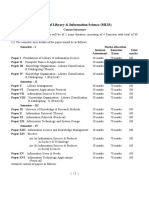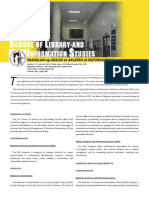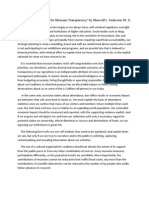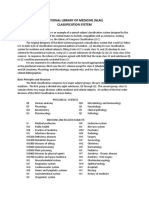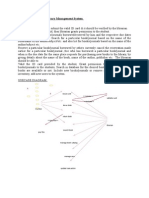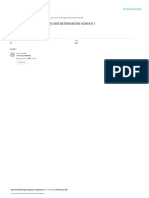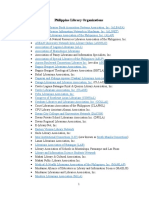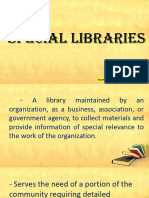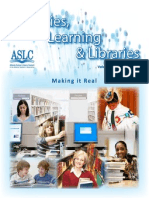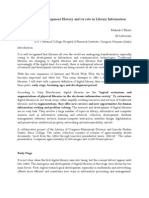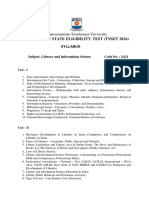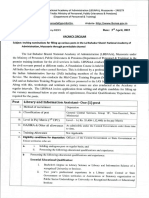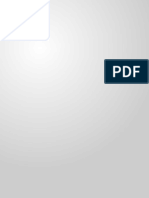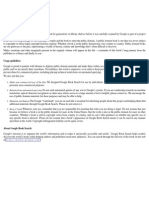0% found this document useful (0 votes)
222 views6 pagesSyllabus Paper 2 Library and Information Science
The document is a syllabus for a course on Library and Information Science. It is divided into 7 units that cover topics such as data and information, types of libraries, information sources, reference services, knowledge organization, management of libraries, and computer technology. The syllabus provides an overview of the key concepts, issues, and theories that will be addressed in the course.
Uploaded by
ashru AliCopyright
© © All Rights Reserved
We take content rights seriously. If you suspect this is your content, claim it here.
Available Formats
Download as PDF, TXT or read online on Scribd
0% found this document useful (0 votes)
222 views6 pagesSyllabus Paper 2 Library and Information Science
The document is a syllabus for a course on Library and Information Science. It is divided into 7 units that cover topics such as data and information, types of libraries, information sources, reference services, knowledge organization, management of libraries, and computer technology. The syllabus provides an overview of the key concepts, issues, and theories that will be addressed in the course.
Uploaded by
ashru AliCopyright
© © All Rights Reserved
We take content rights seriously. If you suspect this is your content, claim it here.
Available Formats
Download as PDF, TXT or read online on Scribd
/ 6

